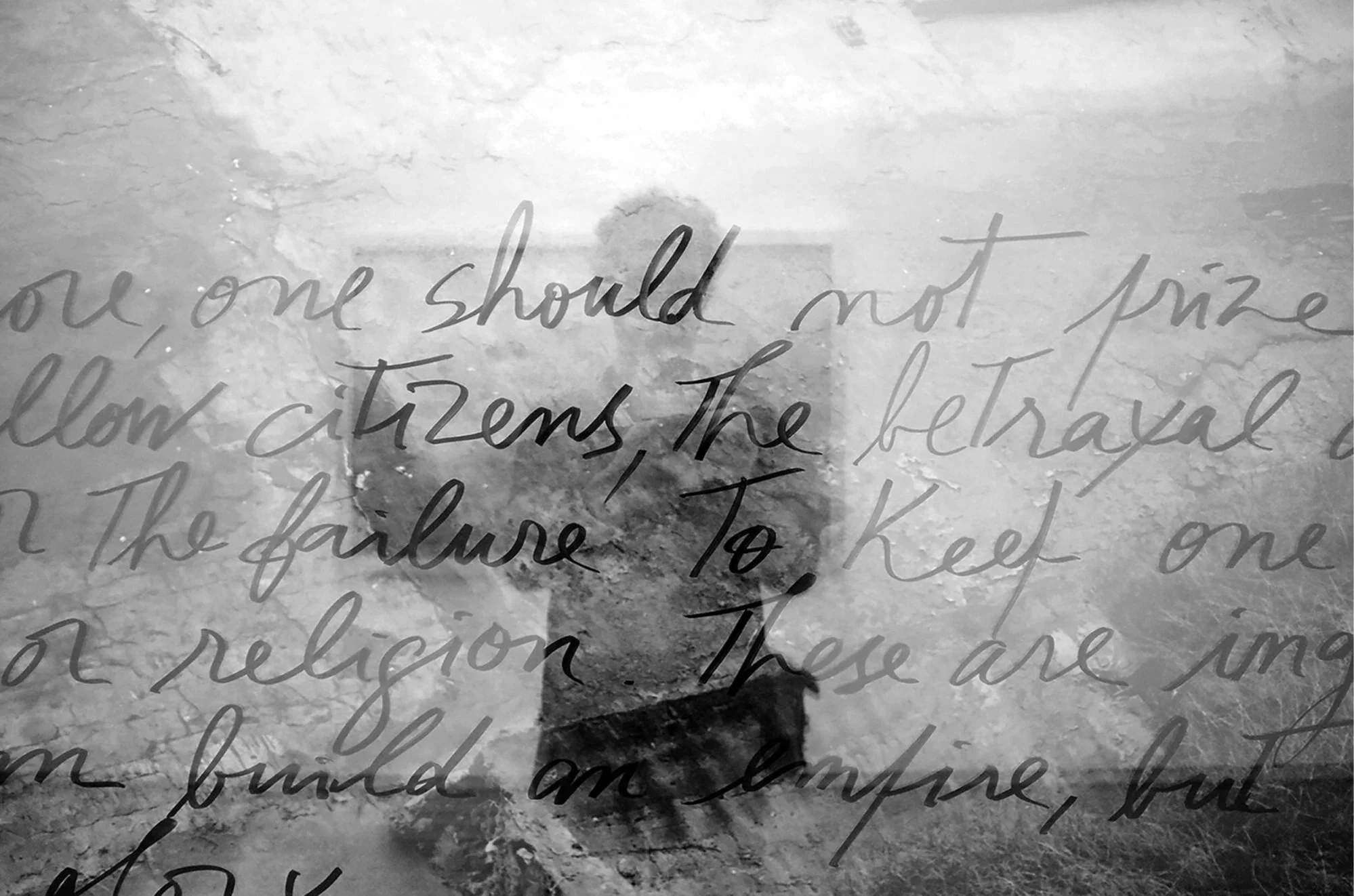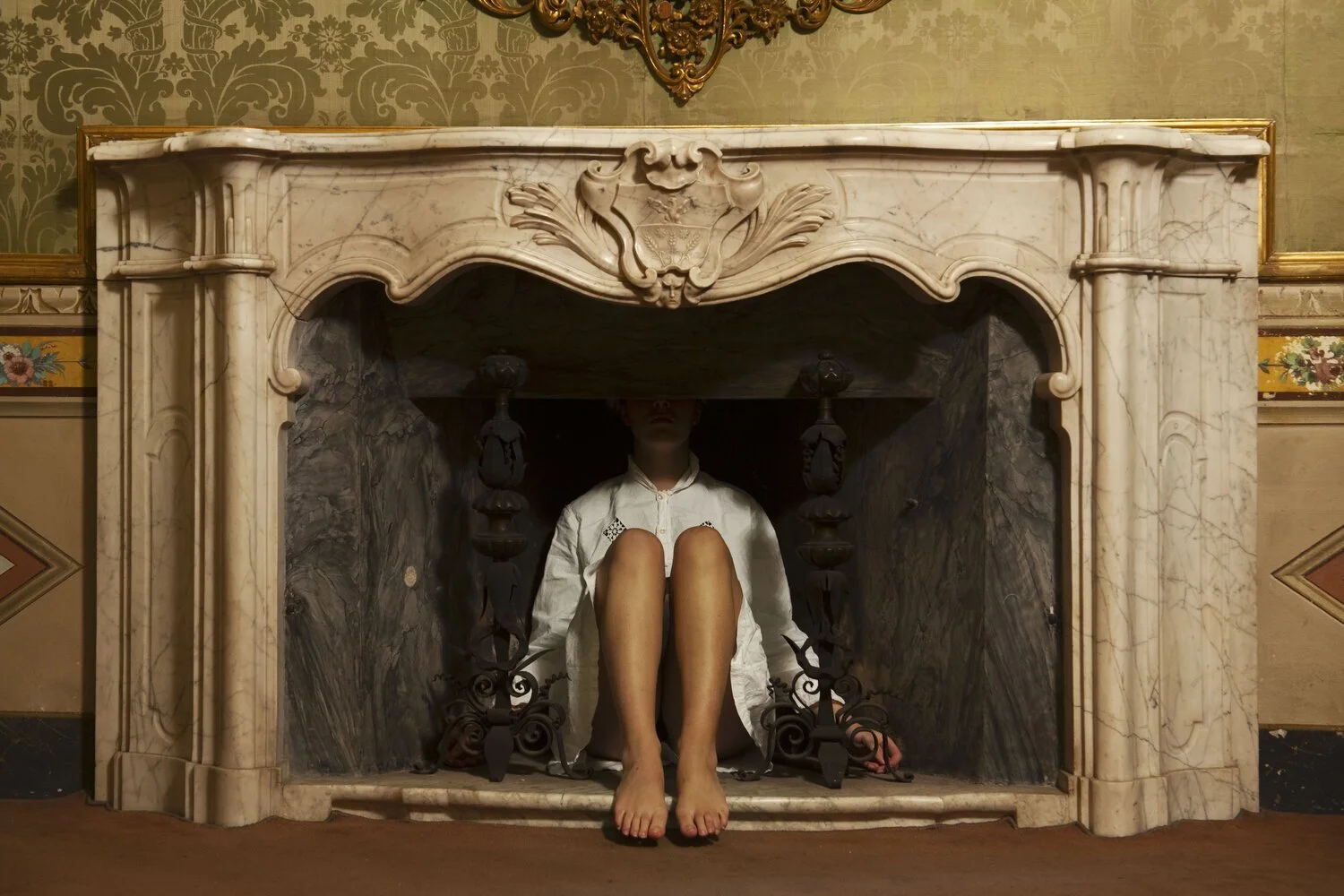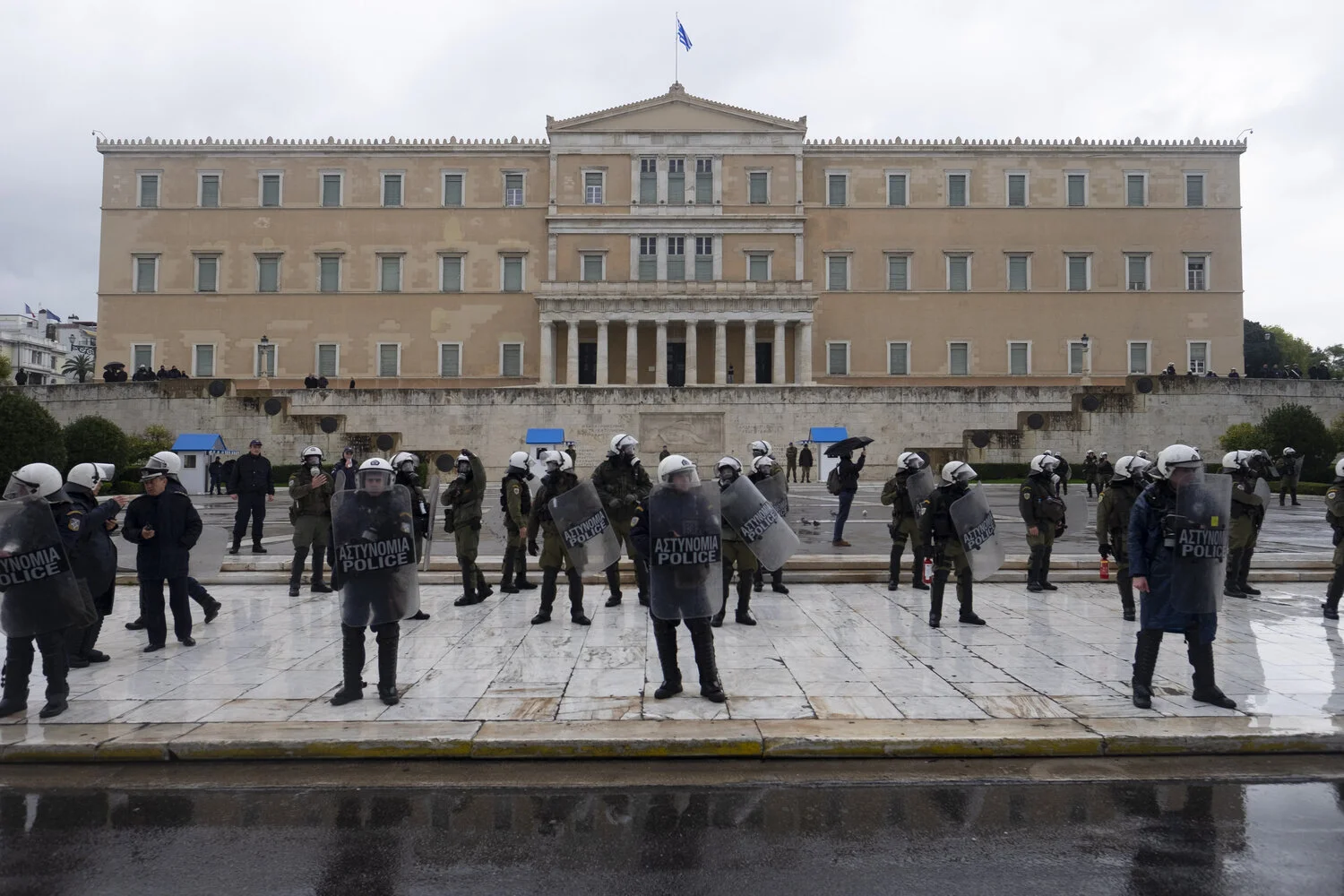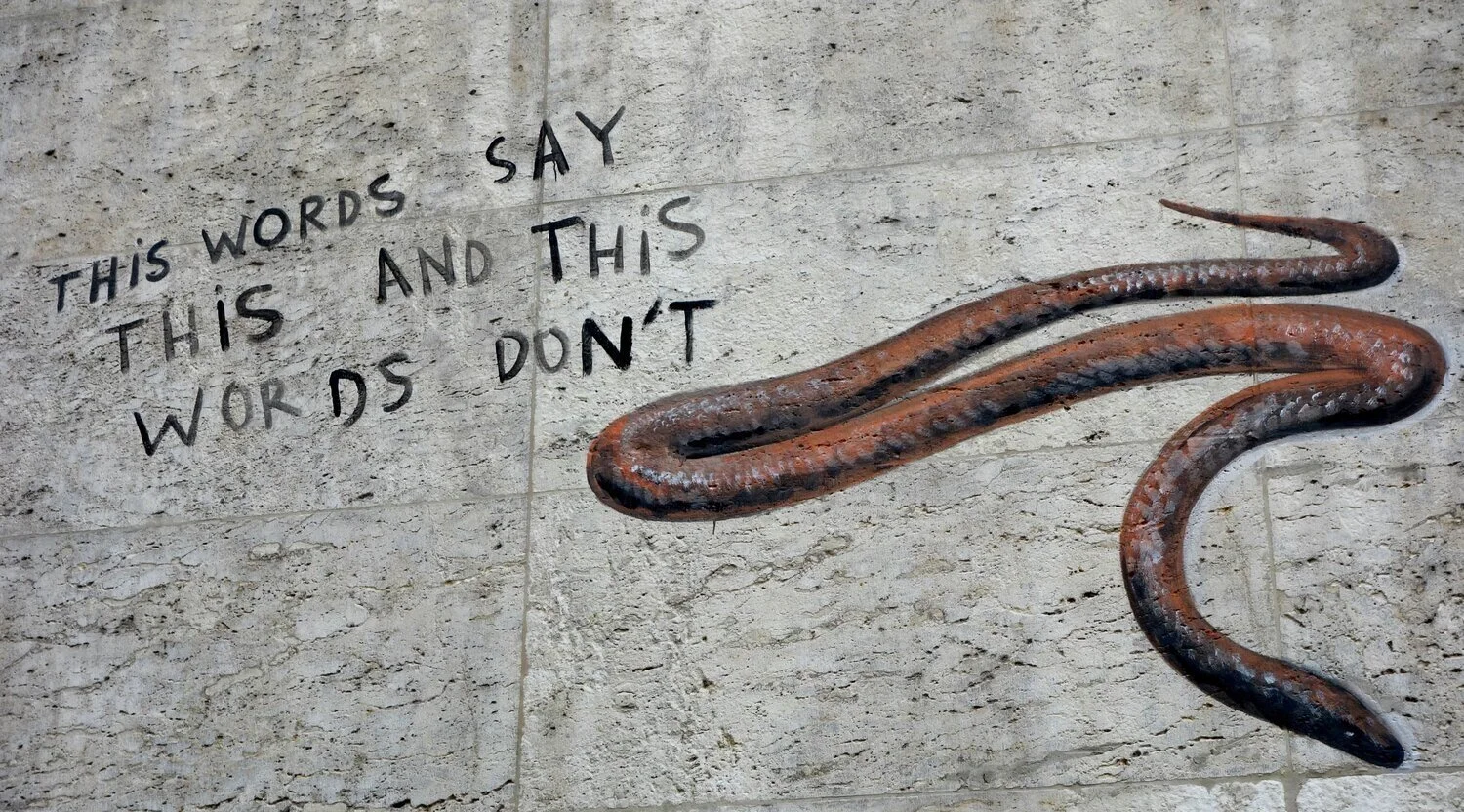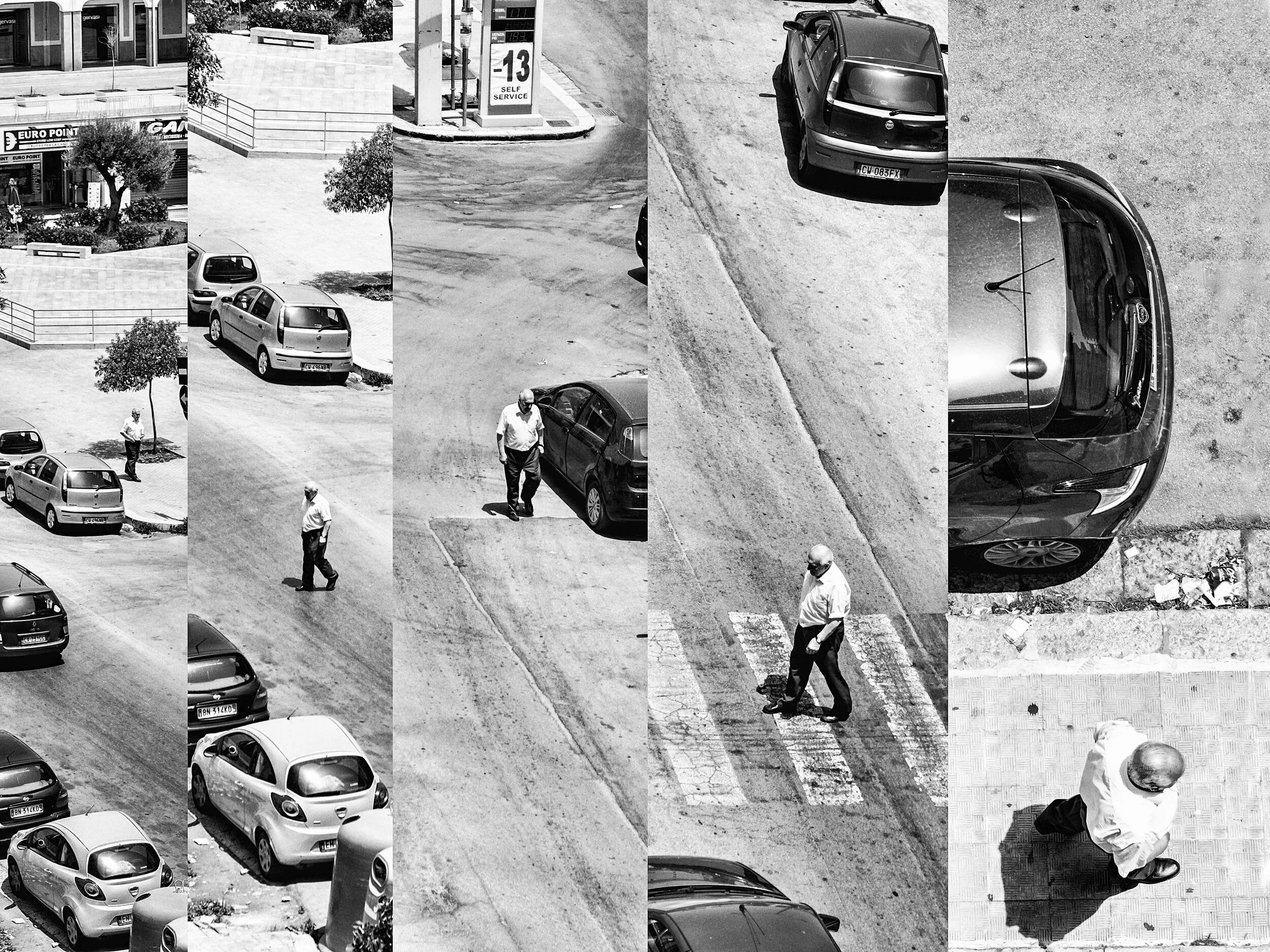Jose Cruzio’s research addresses different concepts such as the continuous questioning of the "place" as far as artistic creation is concerned. It will bring about both collaborative practices and individual ones, and it unfolds in different projects, each one recurring to a dominant artistic subject matter and its media, practices, and achievements according to the research lines of each one of them.
INTERVIEW | Syl Arena
Syl Arena is a California-based artist known for his explorations of non-representational photography. He freely admits that he is addicted to color and shadow. In his current series, Constructed Voids, Arena deconstructs white light into vibrant hues and mixes them onto monochromatic constructs. Through the intersection of light, construct, and lens, Arena finds transformative relationships that he describes as “inner landscapes.”
INTERVIEW | Lucrezia Rossi
Lucrezia Rossi is an Italian photographer based in Berlin, Germany. In her work, Lucrezia photographs staged self-portraits, and daily life encounters by combining humor with reality and intimacy with softness. By re-signifying her past experiences through her images, this search for meaning becomes present, honest, delicate, and light. For Al-Tiba9 she is presenting her latest series, “My Traviata”.
INTERVIEW | Marcel Top
Marcel Top is a 23 years old London-based Belgian photographer. Alongside his traditional use of photography, Top also explores the limits and boundaries of the medium through his practice. Top has always been fascinated by the power of technology, by the ambiguity of its double-faced nature. Breach of privacy, mass surveillance, and the collection of personal data is among Top’s recurring topics.
INTERVIEW | Eric Pijnaken
Photography always has been for Eric Pijnaken a way to find his way to the world of phenomena in which he lives. He felt the need to reveal another reality within the reality surrounding us. His photo work focuses on the essentials of what he sees. After a career as a journalist, he now lives and works in the French province of Ardèche, where he can freely enjoy his work as a photographer.
INTERVIEW | Sofya Danilova
After a decade of constant work, Sofya Danilova got to the point where two-dimensional photography was just not enough to express everything she wanted to. As a seasoned photographer, she tried a hand in different styles, and in the end she started to create kaleidoscopes — images that can achieve the effect of space's enclosure and deeper immersion in the picture.
INTERVIEW | Aristo Vopĕnka
Aristo Vopĕnka explores the boundaries between photography, illustration, painting, and print. Using an experimental attitude towards these different media, new forms of expression take place. They are the beginning of a contemporary reinterpretation of expressionism which he has started to call experiential expressionism.
INTERVIEW | Sam Heydt
Sam Heydt is an American social practice and recycled media artist. Working across different media, Heydt presents an abstract proposition for a world on the periphery of history, one that not only appears haunted by the ghosts of the past but built on it. Her work has been shown in galleries, museums, art fairs, and film festivals worldwide.
INTERVIEW | Ekaterina Zhingel
Ekaterina Zhingel is inspired by articles on scientific hypotheses and discoveries in physics and neurobiology. Her latest series is devoted to the nonlinearity of time. In the series, Ekaterina was photographed against the background of the street and kept this moment for herself. She left no more trace. This photo is the only proof of her short presence at this place.
INTERVIEW | Giuseppe Francavilla
Giuseppe Francavilla tries to make the documentary discourse something universal starting from the particular. He dedicates himself mainly to street and documentary photography, working and exhibiting internationally. For Francavilla, photography must not only archive visions of the present but also be the object of evaluation and criticism of the territory for the future.
INTERVIEW | Cherrie Yu
Cherrie Yu is born in Xi'an, China. She currently lives and works from Chicago. Yu is the author of the Narrative Series is a series of videos in which classical narratives and characters were reenacted with thrift objects or foods. The narrative is chosen often signals a significant change to the characters selected, such as their marriage, death, exile, or injury.
INTERVIEW | Hermano Noronha
Hermano Noronha is more interested in the symptom than in the evidence, in reaching what is under the obvious. He is interested in the vortex of time and how the plurality of individual memories is combined in the building of collective memory. Through the identification and photographic registration of symbolic markers, he seeks to build archives against oblivion.
INTERVIEW | Rosinda Casais
Rosinda Casais combines architecture with sculpture. At the moment, she collaborates with Fahr 021.3 and studies sculpture at Faculdade de Belas Artes da Universidade do Porto. Throughout her career, she collaborated with different teams of architects, Atelier Peter Zumthor, Vinagre & Côrte-Real, Immopo and as a freelancer.
INTERVIEW | Carla Piacenza
Carla Piacenza’s work addresses issues that are related to nature and human behavior. Thus, she reflects on gender, identity, migrations, and the environment and climate changes. Taking resources from science and psychology, and transforming them into visual poetics, the works are presented as hypothetical and experiential ideas seeking to decode a personal argument.
INTERVIEW with Nikki Raitz
Nikki Raitz is a fine artist and photographer from Atlanta, Georgia. Her works focus mainly on movement and drama. Motion and mystery are something that deeply inspires Nikki and this theme can be seen throughout most of her works today. Her body of work includes dance photography, fine art wheat pastes, and portraiture.
INTERVIEW | Eriko Kaniwa of SENSEGRAPHIA FINE ART
Eriko Kaniwa is an international award-winning photographic digital artist based in Tokyo and the creator of Sensegraphia fine art. Sensegraphia is a conceptual redefinition of photography, in which the visual aesthetics of the photograph are used to develop and express the sense of nature that enables us to recognize that humans are a part of nature. She creates digitally enhanced abstract artwork as well as fine art photography, based on her unique philosophy.
INTERVIEW | Feng Jiang
江峰 Jiang Feng performance works have been presented at various venues, including Itinerant Performance Art Festival, Movement Research at the Judson Church, "Thinking Its Presence" conference hosted by the University of Arizona, Exponential Festival, Dance Research Forum Ireland, HOT! Festival at Dixon Place, New Work Series at Tada! Theater, Gibney Dance, La MaMa Galleria, Waxworks at Triskelion Arts, BAAD!, Hudson Guild Theater, and Odyssey Dance Theater in Singapore.
INTERVIEW | Cate Wind
Cate Wind creates sculptures and installations that reveal correlations between modern knowledge and ancient systems of belief. She assembles refined materials such as metal, glass, or resin with discarded found objects including gearwheels, vintage herbariums, or religious textiles. Fascinated by the interaction of materials with different feels and auras, her sculptures can be described as experiments that try to investigate the internal energies of various matters and how they affect each other.
INTERVIEW | Karen Ghostlaw
As a woman with four children, home birthed two of the four, and homeschooled all through high school, Karen Ghostlaw's creative output inspires others and provides a platform for creative and independent thinking. This daunting task came with more rewards than sacrifices, and Karen found that sacrifice leads to growth. She found herself again through her photography, looking at herself, a study that started twelve years ago and continues today.
INTERVIEW | Joana Alarcão
Joana Alarcão brings awareness to the corrosive social alienation toward the environment and even human beings. The contrasts of how nature is consecutively part of the human species and human reaction toward it led her sculptures and drawings to be mostly human referenced and made with naturally made materials. The friction behind these two arguments is a major aspect of her practice.






